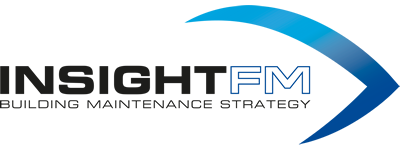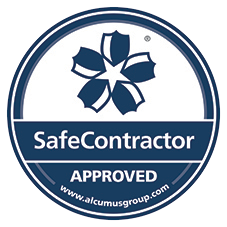Operation & Maintenance Manuals are an essential element of handover documentation that should be populated correctly and in detail.
In our capacity as Operational Engineering Consultants, we regularly see poor quality O&M’s on quality commercial and residential sites, sometimes having been built not more than a few years ago. More and more we see:
- Huge quantities of superfluous manufacturers literature
- No description of the works
- Inaccurate and/or incomplete ‘As Installed’ drawings
- No (or lacklustre) schedules of equipment
- Incomplete testing and commissioning certification
- No maintenance schedules
- No plant replacement strategy
It leaves us contemplating what happened at the end of these projects that meant the contractor has been able to walk away from site and leave the developer/owner and their management team with a near useless set of mechanical and electrical services record documentation.
Is the importance of these documents less understood? Is the skill of producing a quality set of O&M’s being lost? Are contractors cutting corners/costs and getting away with it? Or are tight construction programmes putting a strain on contractors at the end of project works so that they are just a second thought in the mad rush to achieve practical completion?
We expect that it’s a combination of all the above. Why are they important?
Apart from their very necessary production at the end of a construction project when they should be populated with record drawings, testing and commissioning certification, description of operations, controls strategy, manufacturers literature, and so on to demonstrate the proper completion and record on the mechanical and electrical installation. The information within O&M’s – if detailed, accurate and complete – will make the property management teams’ business easier and more cost-effective, when they can be relied on, for many years to follow.
There are many instances when the property management team will have extremely useful information if able to access and reference a complete set of O&M’s. For example:
- The facilitate the production of accurate asset lists that are needed for setting maintenance contracts in place as well as plant replacement strategy and budgeting in the long-term.
- As plant and system replacement programmes begin during the operational life of a building the availability of drawings and asset information enables improved survey of existing and the design and specification of the replacement systems.
- Rebalancing exercises for ductwork and closed-circuit systems is made a much easier process if original balancing and commissioning certification is available, saving significant time and money.
Useful industry literature references are available when producing these documents, such as BSRIA Guide BBG01/07 ‘Handover, O&M Manuals and Project Feedback’, and GVM/14 CIBSE Guide M ‘Maintenance Engineering & Management’.
https://www.cibse.org/knowledge/knowledge-items/detail?id=a0q20000008I79PAAS
https://www.cibse.org/Knowledge/knowledge-items/detail?id=a0q20000008I7oZAAS
Also, there are specialist companies in the industry who can produce good quality O&M’s – but of course this service will come at a cost. Instead, the proverbial contractor’s office admin is printing off reems of pointless manufacturers literature and stuffing it into a ring binder – with information on twelve different units of the manufacturer’s heat recovery range when only two models have been installed.
At the end of construction programmes, the professional team needs to do more to ensure that the O&M’s are of a high standard. However, building developers and owners can better guarantee this outcome by involving their property management teams and their operational engineering consultants from at least the later stages of the construction phase and during handover.
For more information and advice, please contact us.


